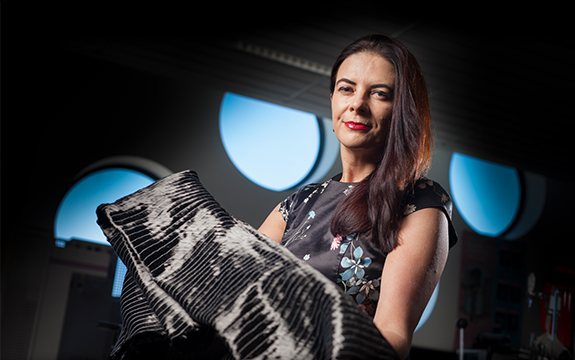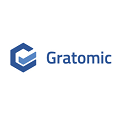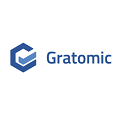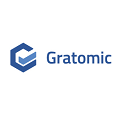SPONSOR: Gratomic Inc. (TSX-V: GRAT) Advanced materials company focused on mine to market commercialization of graphite products, most notably high value graphene based components for a range of mass market products. Collaborating with Perpetuus, Gratomic will use Aukam graphite to manufacture graphene products for commercialization on an industrial scale. For More Info Click Here

- Graphene is the lightest, strongest and most electrically conductive substance on Earth
- It has many uses in building materials, military equipment and smart technology
- The Graphene+ 2019 conference at Swinburne will discuss cost-effective and sustainable solutions to industry problems using graphene

Graphene is one of the most innovative materials to be developed and utilised this century.
Researchers at Swinburne have been heavily involved in its development, innovation and commercialisation. Later this month, the university will once again host the annual Graphene+ conference, bringing together industry leaders and academics to discuss the role graphene will play in the future of manufacturing and infrastructure.
What is graphene?
Graphene is both the lightest and strongest material known to man. It is a single layer of carbon atoms arranged in a honeycomb-like structure and is the most electrically conductive substance on Earth.
It was discovered in 2004 by an unusual technique. Researchers from the University of Manchester in the UK used sticky tape to peel flakes from a lump of graphite, separating the layers until they were just one atom thick.
Graphene has proven highly versatile and has been used for building materials, military equipment, solar cells and smart devices.
Swinburne’s graphene ‘hub’
As part of the Graphene Supply Chain Cooperative Research Centre Projects (CRC-P), Swinburne is working with industry partner Imagine Intelligent Materials to develop graphene to meet strict quality assurances and to be used in large-scale manufacturing. It is also working to establish industry partnerships.
The material is also a key focus of the Next Generation Materials program, led by Professor Baohua Jia at Swinburne’s Manufacturing Future Research Institute (MFRI).
Director of the Manufacturing Future Research Institute, Professor Bronwyn Fox, says Swinburne researchers are working to establish standard knowledge and procedures for investors and suppliers of graphene.
“In the supply chain certification lab, we are developing the research to understand the relationship between the structure and performance of graphene so that industry can have security of supply, ensure successful applications and strengthen future investments in the technologies that utilise this material.â€
Swinburne researchers have analysed the complete graphene supply chain – from production to industry practice. They have investigated graphene’s properties and tested its ability to combine with other materials in engineering developments, as well its potential to be used as a thin, protective coating.
Graphene+ 2019
The use of graphene in the development of smart cities will be high on the agenda at the 2019 Graphene+ conference.
Other topics to be discussed include:
- Upgrading sensing equipment for the Internet of Things (IoT)
- Creating stronger, lightweight architectural structures using the latest in robotics technology
- Commercialisation of one-step water purification systems to make drinking water universally available
- Enhancing the harnessing and conserving of energy
- Jobs of the future – how will graphene change the industry?
Researchers will share knowledge and discuss the potential of advanced, sustainable and cost-effective technologies, contributing to the establishment of cities that thrive on smart devices and infrastructure.
Professor Fox will also chair a session on the impact of smart factories on jobs and graphene supply chains.
“We are fortunate to have some world-leading local and international speakers. The discussions will give us a glimpse of what the future might look like with graphene at the forefront of technology.â€
Source: http://www.swinburne.edu.au/news/latest-news/2019/11/why-the-hype-about-graphene.php












